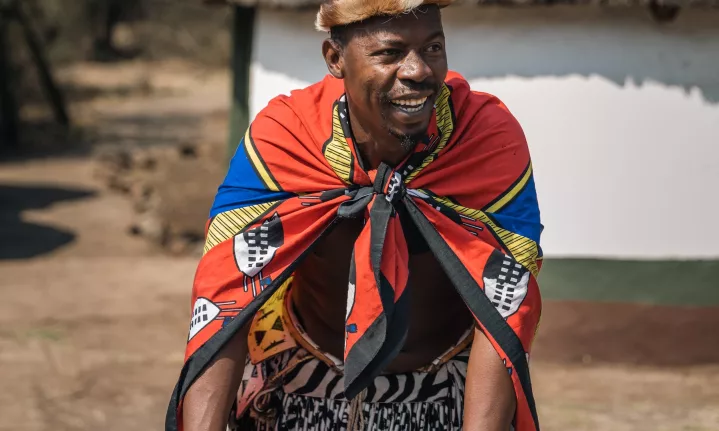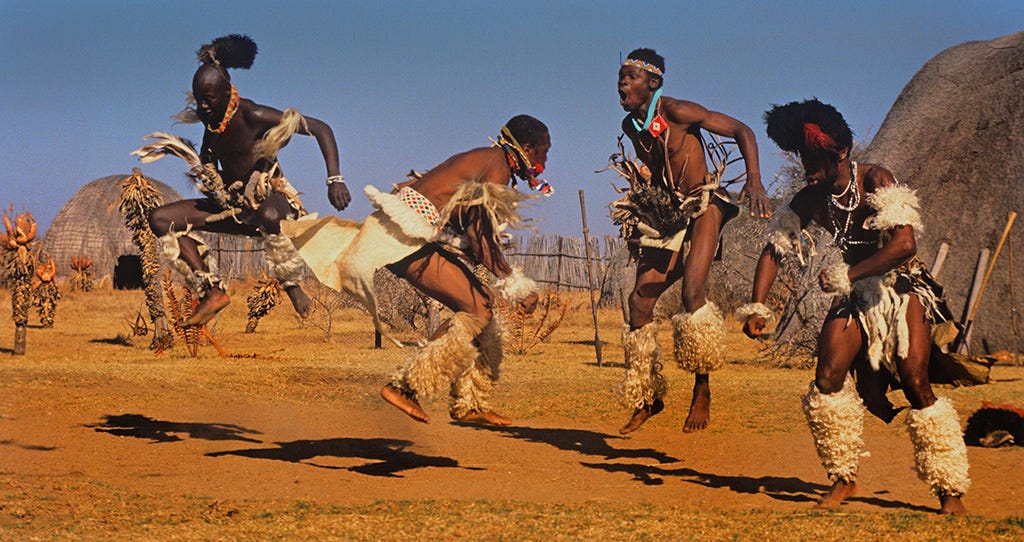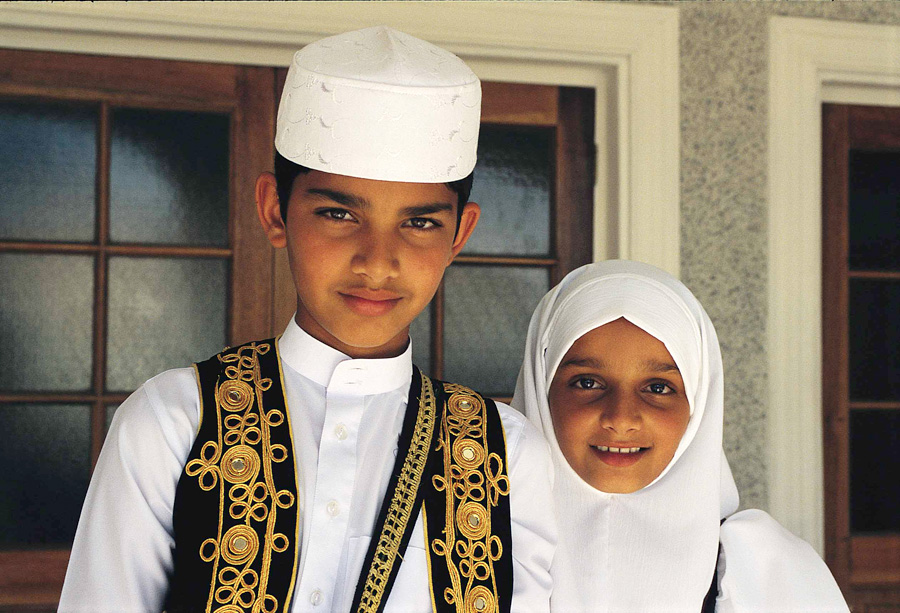South African Culture Today Can Be Fun For Everyone
Table of ContentsThe South African Culture Today StatementsSouth African Culture Today Things To Know Before You BuySouth African Culture Today Fundamentals ExplainedSouth African Culture Today Fundamentals ExplainedOur South African Culture Today DiariesGet This Report on South African Culture Today
A matter of value in Zambian towns is the passing away of liked ones. All members of the village placed cash, time and effort with each other for the funeral of the deceased.Throughout the mourning period; males remain outside your house and the women remain inside the home of the deceased. After discussing the dead, the village walks to the area of interment to say their last bye-byes. Songs and dance is a really crucial aspect of the Zambian society. The different tribal units have their very own dance forms; nonetheless, makishi prevails amongst all people.
The Buzz on South African Culture Today
When it comes to songs, drums are made use of one of the most, with a range of drumming events. In Zambia, bulk of the individuals are Christian; Protestant and Roman Catholic. There are small teams of Muslims and Hindus, with the rest following local native tribal beliefs.

South African heritage and society is profoundly diverse, and includes many various teams of people that each have their own traditions and ideas. Having such a diversity of individuals and cultures is what makes South Africa so one-of-a-kind. In truth sense of the expression, we are a rainbow nation.
South Africa has approximately 3 hundred thousand Portuguese people staying in it. Making it the 7th on the listing of nations with the most Portuguese individuals in it outside of Portugal. Portuguese is not just a culture, yet it is also a language and a race. Portuguese people stem from the country of Portugal in Europe, nevertheless, due to Portugal (like lots of other nations in Europe) checking out the world and overcoming various other nations during the 15th 20th centuries, South Africa has what we call Portuguese South African's living in it.
How South African Culture Today can Save You Time, Stress, and Money.
Amongst the noticeable features of the topography is a plateau that covers practically two thirds of the center of the country. The plateau complicated increases toward the southeast, where it climaxes in the Drakensberg variety, part of an escarpment that separates the plateau from the coastal areas. The Drakensburg includes Champagne Castle, the highest top in the country.
The region north of the Witwatersrand, called the bushveld, slopes downward from east to west toward the Limpopo River, which forms the international boundary. The western area of the plateau, the middleveld, additionally comes down in the direction of the west and differs in elevation between the highveld and bushveld. Between the Drakensburg and the eastern and southern shoreline, the land comes down to the sea.
Nearer the shore there is a low-lying plain called the eastern lowveld. Southwest of the plateau the nation ends up being considerably a lot more arid, paving the way to the stony desert of the Great Karroo, approached the east by the lower, much better sprinkled plateau of the Little Karroo. Dividing the dry southern inside from the sandy coastal of the southern coast and West Cape is another array, the Langeberg.
The 30-Second Trick For South African Culture Today
The nation's racially, ethnically, and politically separated history has actually created national and subnational signs that still function as signs of the country, and others signs that are approved only by particular groups. The monoliths to white settler occupation and political dominance, such as the Afrikaner Voortrekker ("leader") Monument in Pretoria and the Rhodes Monolith honoring the British colonial empire builder and Cape head of state Cecil Rhodes, remain sectarian signs.
The first modern residents were the San ("bushman") hunter-gatherers and the Khoi ("Hottentot") individuals, that rounded up livestock (South African culture today). The San may have been present for hundreds of years and left proof of their presence in countless old cave paints ("rock art"). Bantu-speaking clans that were the forefathers of the Nguni (today's amaZulu, amaXhosa, amaSwazi, and vaTsonga peoples) and Tswana-Sotho language groups (today's Batswana and Southern and Northern Basotho) moved down from east Africa as very early as the fifteenth century

The two former republics of the Orange Free State and Transvaal (South African Republic) were established by Afrikaner settlers who beat and dispossessed the Basotho and Batswana. Lesotho would certainly have been by force included right into the Orange Free State without the expansion of British security in 1869. The utmost unification of the country resulted from the South African War (18991902) in between the British and both Afrikaner republics, which lowered the nation to wreck at the start of the twentieth century.
Afrikaners traditionally considered themselves the only real South Africans and, while providing complete citizenship to all citizens of European descent, rejected that condition to people of color till the autonomous shift of 1994. British South Africans keep a sense of social and social link to Great Britain without deteriorating their identity as South Africans.
10 Simple Techniques For South African Culture Today
The diversity and fragmentation within ethnic groupings and the equilibrium of tensions in between those teams throughout the twentieth century protected against interethnic civil dispute. While intergroup tensions over resources, entitlements, and political dominance stay, those disputes are as likely to pit Zulu versus Zulu as Zulu against Xhosa or African see here now versus Afrikaner.
From colonial India, British merchants and managers brought the bent metal decorative roofing systems and slim lace work columns that still epitomize the outdoor patios of cottages arounds and cities throughout the country. Holy places add an essential building aspect even in the tiniest communities. Along with the skyrocketing steeples and timeless stonework of Afrikaans Dutch Reformed churches, Anglican churches, synagogues, mosques, and Hindu shrines offer selection to the religious building scene.

Slaughtering and the brewing of traditional cereal beer are important in securing the participation and goodwill of the forefathers that are thought about the guardians of good luck, prosperity, and well-being. Indian communities keep their indigenous cooking customs and apply them on Islamic and Hindu routine and ritualistic events. Afrikaners and Coloured people gather at weekend breaks and special occasions at multifamily barbecues called braais, where area bonds are reinforced.
Since this was the main economic venture of both black Africans and white homesteaders, dispute between those teams fixated the possession of grazing land and his comment is here animals. In 1867, the largest diamond down payments worldwide were discovered at Kimberley in the west main area. The wealth from those areas assisted fund the exploitation of the best gold coral reef on the planet, which was discovered on the Witwatersrand in 1886.
South African Culture Today Can Be Fun For Everyone
This brought about informative post misunderstandings and calculated misrepresentation in the transactions of white inhabitants and government authorities with African principals during the colonial period (South African culture today). In the facility of African gets, some aspects of common and primarily "tribal count on" land period were preserved, and even in white country locations, forms of common period were still exercised in locations with African communities
After the democratic makeover of 1994, programs for land restitution, redistribution, and reform were set up, but development has actually been slow-moving. The white minority still controls eighty percent of the land. In the wake of farming land intrusions in Zimbabwe, the Division of Land Matters has pledged to speed land redistribution.